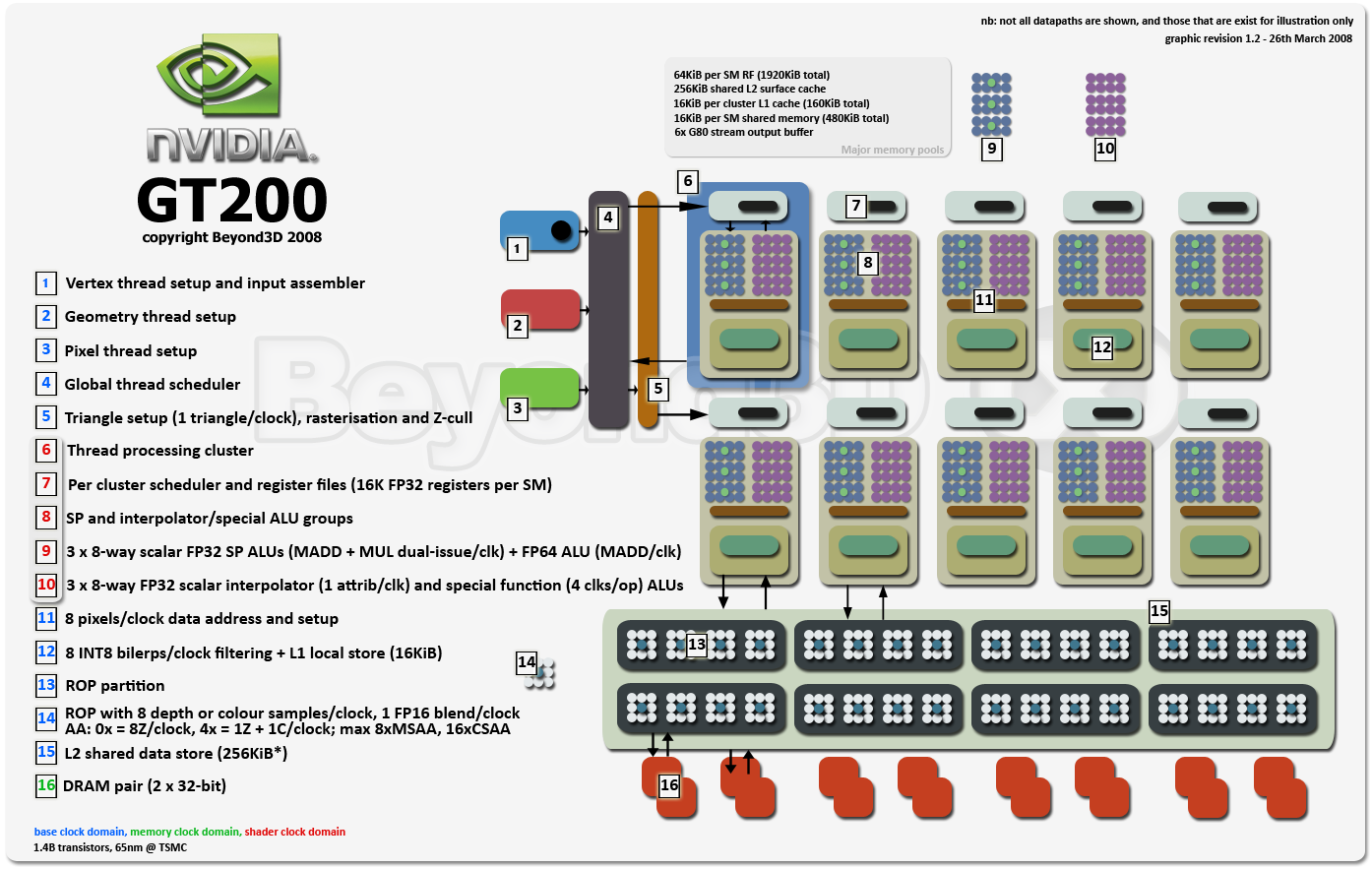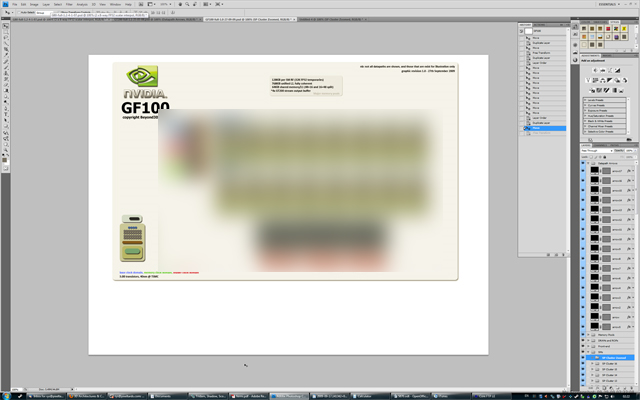It's has been delayed recently..IIRC first mass production (32 nm) won't start before end of 2010.
Here from July TSMC Q2 2009 Conference Call:
So if you assume at the very best will be at least 6 months(yes am way too optimistic) between initial tapeouts and the first products looks like Q3 2010 for 32G products and 28HKMG in mid 2011.Dr Morris Chang:
"On 32, 28, we have had a major effort going for some time now and we are on track in the technology development of 32 28. We have obtained excellent 64-megabit SRAM use and transistor performance for both polysilicon and high K metal gate technologies. We have several customers committed product plans to our 32G and 28 LPT technologies, and new tape-outs will begin in early first quarter 2010.
We also have over 10 customers committed to our 28-nanometer high K metal gate technology platforms and new tape-outs will start in late 2010 and early 2011.
We have also had a large effort started on 22-nanometers for some time now, and we now have a good early baseline of 22-nanometer high K metal gate transistors."
Dr. Mark Liu
"Yes, we are -- we have developed the -- we are approaching the 32, 28 from both approaches. In the end of 2009, we will introduce 32-nanometer with silicon oxy-nitride gate. In 2010, end of 2010, we will introduce the high K metal gate on 28-nanometer. So we think our technology is competitive with IDM technology but most importantly, the 32-nanometer customers already engaged, designs already ongoing. On our 28-nanometer high K metal gate, we have already 10 customers engaged in the designs. So we expect for this customer engagement and future business approach, we are on the same track, on the right track."
Interesting there was an (unsubstantiated) rumor floating around awhile back the GT3xx derivatives were targetted at 32G. Havent heard anything about any specific AMD products.




